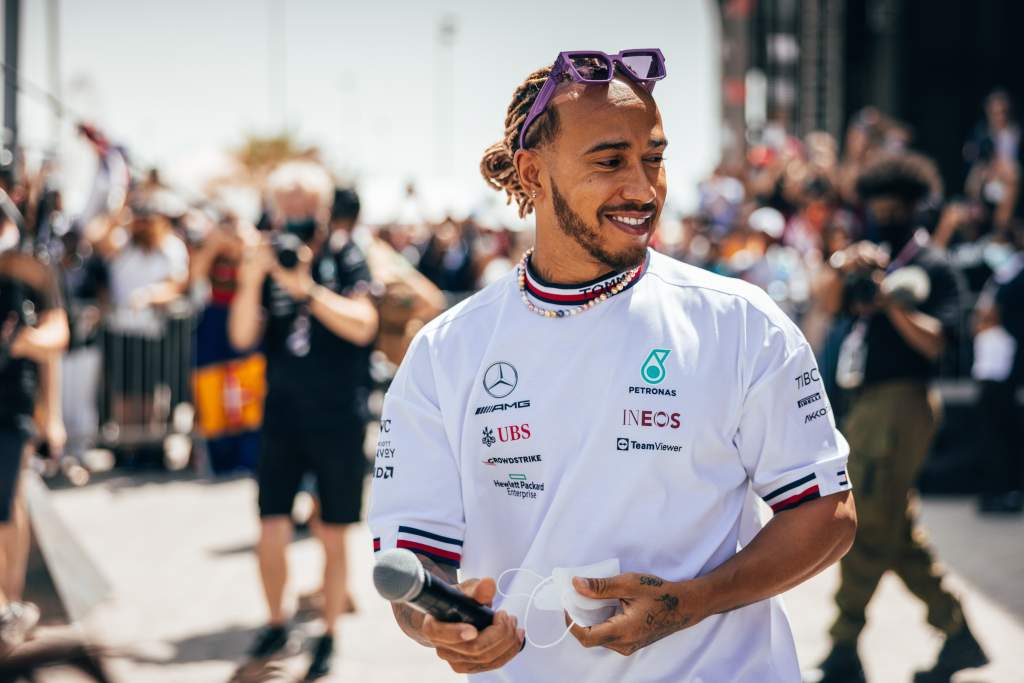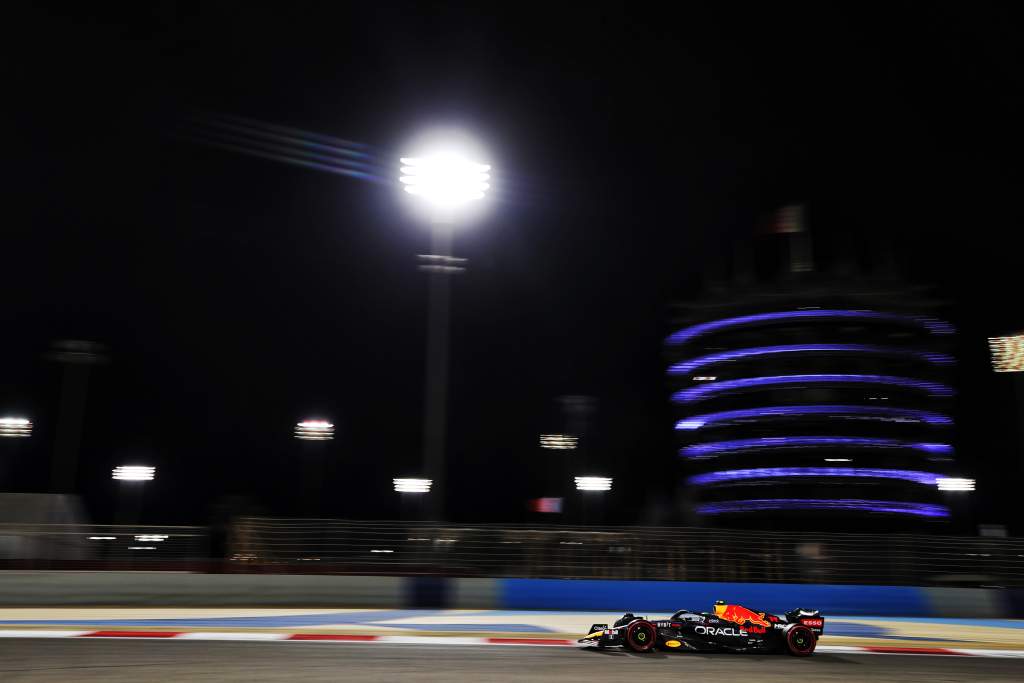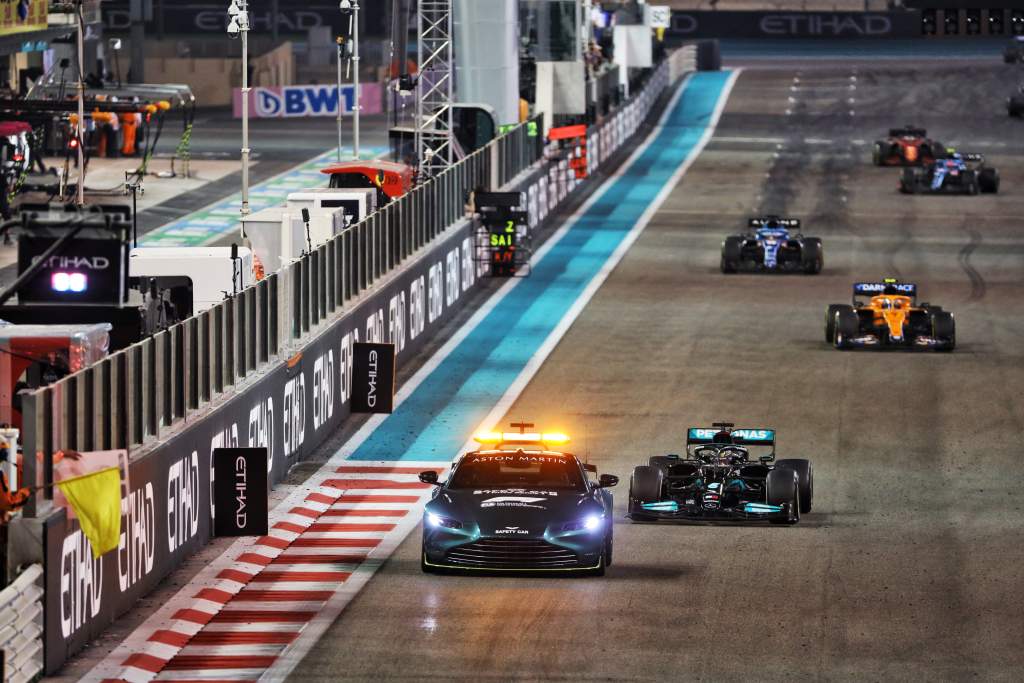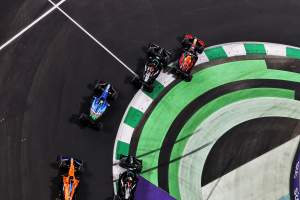Up Next

Formula 1’s new race control era kicks off in today’s Bahrain Grand Prix with much at stake given the blow to credibility caused by the handling of last year’s Abu Dhabi finale.
The release of the executive summary of the FIA report into what happened last December before qualifying yesterday ensured the question of how F1 races are handled is at the forefront of everyone’s mind.
Regardless of where you stand on the outcome of last year’s F1 world championship, the reaction from teams, drivers and fans alike combined to create a clarion call for action. This weekend is the first time we have the opportunity to evaluate whether that has led to genuine, meaningful reform or simply the illusion of such.
Michael Masi’s departure as race director was the headline change, but far more significant is that the way race control works has also been tackled.
Key to this is a broader support structure for the race director, which includes preventing them being subjected to the lobbying (and occasional undignified shrieking) of certain team personnel that contributed to last year’s problems.
There are now two race directors who will split the races. The first is Niels Wittich, who is the race director in Bahrain and will be for the early grands prix. The other is Edoardo Freitas, World Endurance Championship race director who is on duty at Sebring this weekend.
Freitas, of course, became embroiled in his own title-deciding controversy last year, as explained in this column by renowned sportscar journalist Gary Watkins.
F1 veteran Herbie Blash, a wise head, sits above them in an advisory role, while there will continue to be a rotating cast of deputies – as well as the new remote race control set-up in operation. The aim is to give the race director more support – although it should be noted that they weren’t previously sat in race control single-handedly.
Wittich has kept a low profile so far, but has F1 experience given he acted as Masi’s deputy on occasion in 2020 and ’21. It’s still early days, but so far the feedback from drivers has been positive.

“His approach seemed very straightforward, very sensible,” said Lewis Hamilton. “I look forward to hopefully seeing him apply rules fairly moving forwards, and hopefully a clean year.”
That straightforward approach appeared to apply to track limits. In the race directors’ notes, Wittich simply underlined the fact that the white lines delineate the circuit and if a car goes beyond that, it has broken the track limits rules.
Track limits is an area where F1 has got itself into a mess over the years, a problem that stretched way back before Masi. At least year’s Bahrain Grand Prix, there was confusion at Turn 4 in particular, where track limits were defined by the gravel trap and artificial grass.
This was something Hamilton took advantage of, justifiably given it was made clear that going beyond the white line on a normal lap – ie not in the process of overtaking – had been pre-approved.
Given there has only been one meaningful session so far, we have yet to build a full picture of how Wittich and his team will police infringements. The intent is certainly no bad thing as, for too long, drivers have been able to negotiate exceptions to the white line rule and then taken liberties.
This doesn’t mean that every single violation of the white line needs to be hit with a penalty, but it sets a literal line in the sand and allows the stewards to take action if they deem it necessary. That said, mixed messages were sent out in qualifying.
Zhou Guanyu had his best Q2 lap time deleted for drifting just over the white line at the exit of the Turn 4 right-hander, which cost him one place on the grid as he dropped behind Alex Albon into 15th.

But other offences went unpunished, for example Sergio Perez running wide at the last corner on his first Q1 lap. While that ultimately didn’t impact his position given he subsequently improved, it did appear there was greater focus on some corners than others.
“It’s been very clear to all of us that you cannot go over the white line,” said Ferrari driver Carlos Sainz. “If it was somewhere else on track, I’m not sure they were monitoring us as precisely as Turn 4. For Turn 4 that is the corner where you gain the most advantage by running wide.”
Unfortunately, this wasn’t communicated to the outside world so that’s one area where the FIA has already created uncertainty, particularly for those watching. That failure is an own goal that does raise questions about how serious the FIA really is about ensuring not only that race control is able to do its job, but that its job can be well understood by the millions watching.
Qualifying should allow for the clearcut application of track limits and a strong case can be made for zero tolerance regardless of whether time is perceived to be gained or lost to the infringement.
Over the coming races, we will get a clearer understanding of the exact policy, but it would have been preferable had the instruction issued in the race directors’ notes either been implemented fully in qualifying, or more precisely expressed.
That, of course, isn’t necessarily the race director’s job to do, but there should be some mechanism in place to ensure these interpretations are made clear to the world – perhaps even to the point where the FIA would benefit from having a communications specialist embedded full-time with the race control team to deliver this.
As for the race, the policing of track limits by necessity has to be done with a softer touch as, for example, a driver legitimately exceeding track limits through a small error should not earn a penalty. But persistent breaches, or ones that offer a decisive advantage in battle, clearly should.

But ideally, we don’t want to be talking about the race director and team too much. The underlying tenet of what race control does is that it must administer the race safely, fairly and to the regulations. And where there are grey areas, which are unavoidable given it’s a nuanced world, these must be handled with intelligence, sensitivity and clarity.
Yes, philosophies such as ensuring a green flag finish if possible can be adhered to – but not to the point where restart regulations are disregarded.
In the absence of introducing a rule that demands a red flag and restart within a certain range of the finish, decisions about stoppages and safety cars should be made based on the demands of the situation.
After all, while a red flag in Abu Dhabi for Nicholas Latifi’s crash might have been pragmatic, it was an accident that did not necessitate a race stoppage. Any such policy about late stoppages should be enshrined in the rules rather than treated as an unofficial regulation.
Race control is not responsible for delivering entertainment. F1 has dabbled with questionable moves such as delaying warning of restarts to create some extra potential for drama at the restart, something that contributed to the accident at the Tuscan Grand Prix at Mugello in 2020. What happened there is explained in detail here, as it was clear the safety car in instruction was left late by design.
Although we’ve not heard Masi’s version of events in Abu Dhabi, either first-hand or via the executive summary of the report – and that is something that really is required given he was at the heart of the external pressures – it’s encouraging that attempts have been made to let the race director be the race director.
They should not be the story, although it is important that the race director continues to have the chance to explain decisions and rules interpretations to ensure that the FIA properly communicates the way races are being handled.
The other big question is how the FIA stewards treat on-track incidents. This was another area where F1 confused itself last year, although it’s important to underline that the stewards are independent of the race director.
Drivers lacked clarity about how they were or were not allowed to behave in wheel to wheel battle with the drivers’ briefing in Qatar causing confusion given Masi was defending seemingly contradictory past decisions made by stewards.
This is perhaps an area where the new race directors can make gains. Where the late Charlie Whiting excelled was in the ability after the fact to accept that perhaps things were not done as they should have been and then implement a new interpretation for the future.
It wasn’t perfect and there were still controversies, but Masi resolutely defending stewarding decisions that seemed incompatible simply served to confuse drivers. Even Max Verstappen was baffled by this after the different ways the rules were applied in Brazil and Saudi Arabia.
There will be controversies this season and there will be occasions when the race director and stewards are criticised. It’s simply the nature of the beast and that’s not something the FIA should be worried about – beyond, of course, the necessity to communicate clearly the reasoning.
But the underlying principle must be that those administering the race are allowed to do so in an unobtrusive a way as possible, with the task of creating exciting on-track action left to the teams and drivers.
F1 may be a global entertainment property, but it is first and foremost a sport. And the race director’s focus must be on ensuring the safe and sporting running of the event without extra pressures on them to spice up the show.








